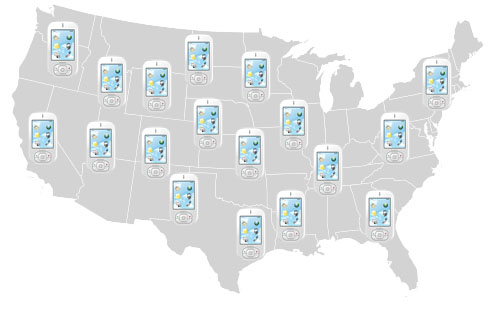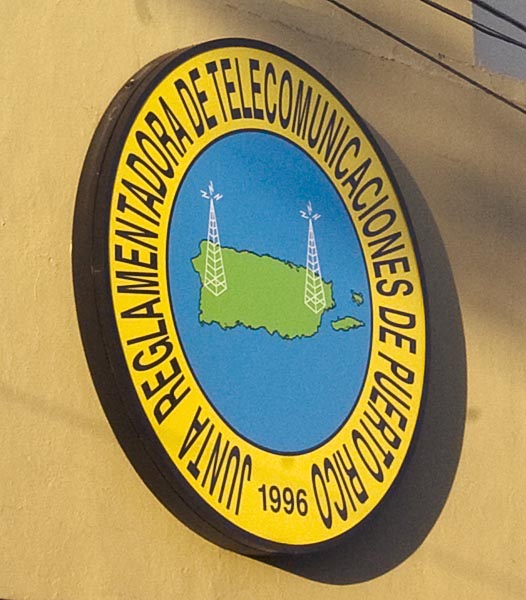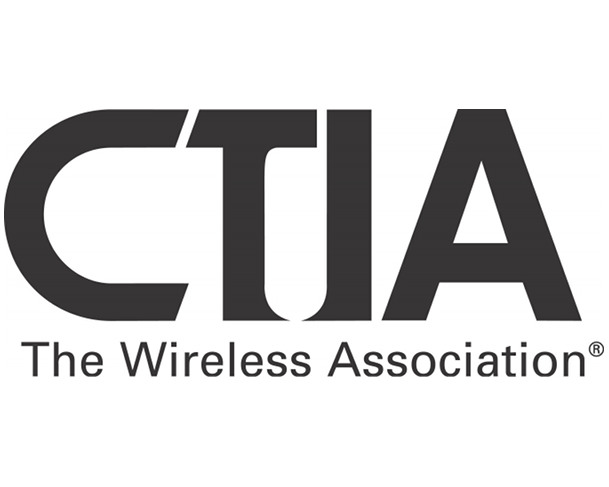U.S. wireless connections exceed population for 1st time, P.R. usage at 81%

While it may seem as though everyone on this island has one, or maybe several, wireless phones, the more than 3 million active devices still do not outnumber Puerto Rico’s residents. But the story is quite different when it comes to the U.S. as a nation, where wireless connections have exceeded its population for the first time.
According to a study released by San Diego-based CTIA-The Wireless Association the number of wireless subscriber connections, 327.6 million, has surpassed the population, 315.5 million, in the United States and its territories, which includes Puerto Rico, Guam and the U.S. Virgin Islands. This puts the U.S. wireless penetration rate at 103.9 percent.
“CTIA’s semi-annual survey proves that Americans love wireless and continue to rely on the most cutting-edge and innovative devices and services in the world. Clearly, we’re using wireless more every day, and the consensus of experts is that demand will continue to skyrocket by more than 50 times within the next five years. These are the reasons why our members need more spectrum,” said CTIA President Steve Largent.
Puerto Rico’s wireless rate hovers at about 81 percent with more than 3 million active wireless lines as of August, according to the Telecommunications Regulatory Board’s latest statistics. Puerto Rico, according to the 2010 Census, has about 3.7 million residents.
The survey also reflected a 111 percent increase in wireless data traffic between January and June 2011, which the CTIA said “underscores the industry’s need to purchase more spectrum from the federal government to meet the significant demands by consumers and businesses so Americans continue to lead the world with the best wireless products and services.”
“By making underutilized or unused spectrum available for auction, carriers will continue to invest billions of dollars in their infrastructure, generate hundreds of billions of dollars in benefit to our economy and create up to a half a million new jobs while ensuring the U.S. maintains its position as the world’s wireless leader,” he said.
The study’s findings also showed:
- Wireless subscriber connections: 327.6 million; mid-year 2010: 300.5 million (9 percent increase).
- Wireless network data traffic: 341.2 billion megabytes; mid-year 2010: 161.5 billion megabytes (111 percent increase).
- Average local monthly wireless bill (includes voice and data service): $47.23; mid-year 2010: $47.47 (less than 1 percent decrease).
- Number of active smartphones and wireless-enabled PDAs: 95.8 million; mid-year 2010: 61.2 million (57 percent increase).
- Number of active data-capable devices: 278.3 million; mid-year 2010: 264.5 million (5 percent increase).
- Wireless-enabled tablets, laptops and modems: 15.2 million; mid-year 2010: 12.9 million (17 percent increase).
- Minutes of Use (MOU): 1.148 trillion; mid-year 2010: 1.138 trillion (1 percent increase).
- SMS sent and received: 1.138 trillion; mid-year 2010: 982.9 billion (16 percent increase).
- MMS sent and received: 28.2 billion; mid-year 2010: 32.1 billion.
“To try to meet the demand for wireless devices and services by consumers and businesses, CTIA’s provider members continued their investments in their networks and infrastructure to improve their customers’ coverage and speeds,” the CTIA said. “From June 2010 to June 2011, the annual capital investment increased by 28 percent to $27.5 billion.”
Since 2001, wireless companies have reported a cumulative total investment of $223 billion, excluding the billions paid to the U.S. government for spectrum, the trade group said.











How many hints do we need to realize the world is moving into new and unforeseen media highways?
Right on!